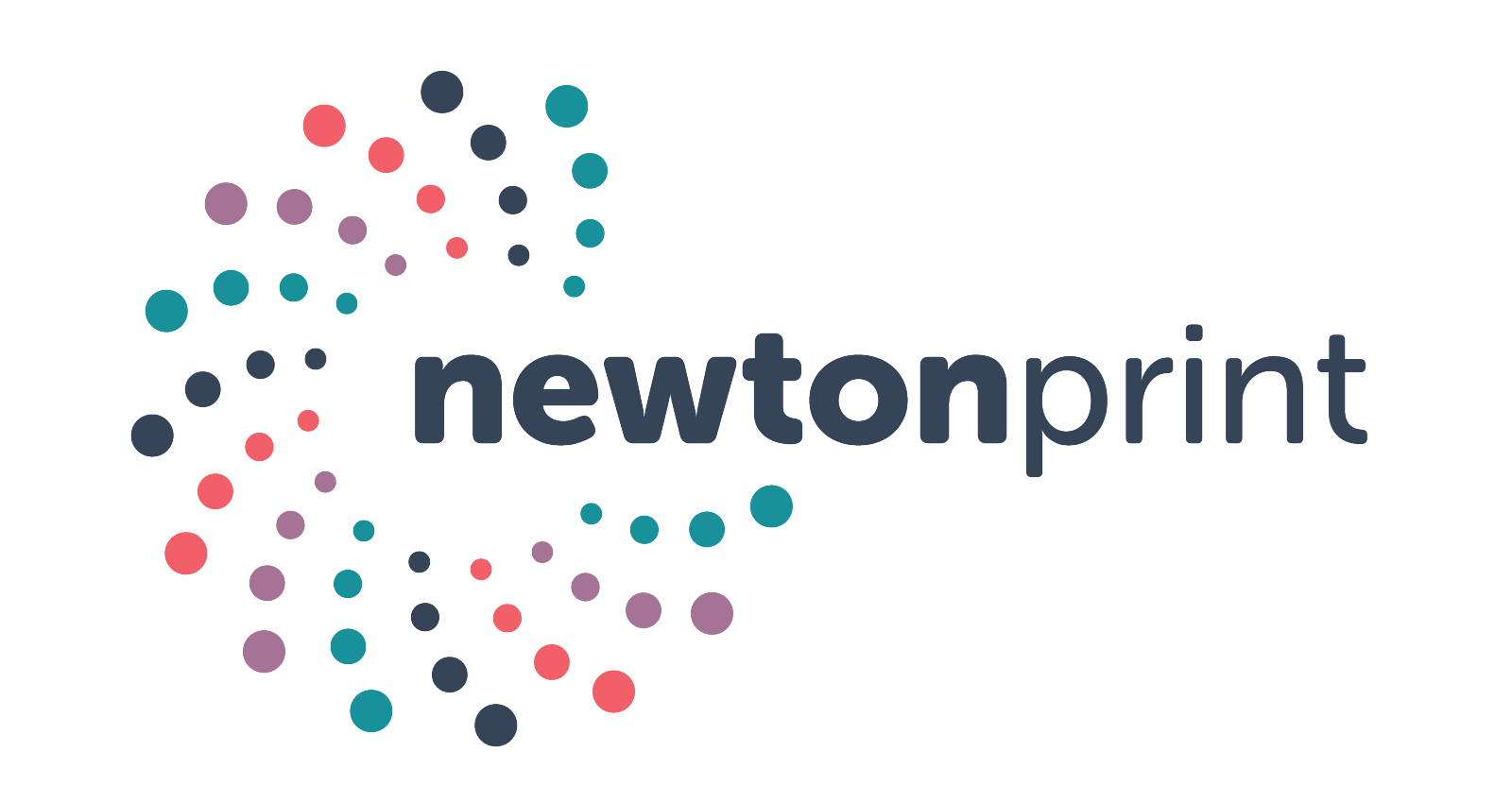Pasties, rebrands and missing udders. Fancy a read?
No doubt you, like many, feel the pressure of competition is only getting greater. More suppliers crowd the market and new global supply chains take over local markets while technology gives customers greater power than ever. We’re all in the same boat.
One of the questions we hear a lot from marketing teams is: “How can I build a brand that isn’t focussed on price?”. It’s a question that takes a lot of thought and strategy, because at the end of the day you’ve got to work out how you can convince your customers that your brand is worth a higher price.
Over the course of our Marketer Hub blogs, we’ve really tried to show how it is actually possible to avoid the constant pressure of ‘being the cheapest’. In our latest article, we take a look at one of Britain’s up-and-coming food-to-go brands: Ginsters.
You may not see many similarities between your own business and Ginsters, but take a read through this and you’ll be pleasantly surprised; you will definitely be able to take away at least something that will help you strengthen your brand and become a leader in your industry.
So what’s the secret?
THE BEST BRANDS STAY TRUE TO THEIR ROOTS
There are a lot of entrepreneurs and business owners out there who are embarrassed about their beginnings. Many of them would have started extremely humbly – whether in a shed or garage, or taking a few major knockbacks before they settled on a final idea.
Some of the best brands use their history, however long or short, as a story to build context and an emotional connection with their brand. What they’ve found is that people buy into the stories of their past struggles and successes. People love to read a story.
But this can’t be any old story. It has to connect the storyteller with the listener (in other words, connecting your target audience with something they actually care about). Most of the time when you’re talking to someone who is only half-listening, as soon as you say something about them it’ll make them snap to attention. It’s hardwired into the human brain.
Of course, when you’re writing content or trying to pull together copy for a marketing project it’s impossible to make a direct reference to each individual customer or prospect. And that’s fine, because all you need to do is make sure that the reader can relate to your story personally and emotionally; something they will be able to imagine themselves doing (just make sure it’s a positive connection!)
Ginsters have made a really good job of this. I know from experience that many brands based in far-flung locations consider that to be a massive disadvantage.
Ginsters, however, have used their location in Cornwall to maximum advantage. They’ve told the story of their past in words that you and I can understand. They recognise that a large part of the population feels an emotional connection with Cornwall as a favourite holiday destination.
They’ve harnessed those positive emotions and used the power of ‘brand Cornwall’ to help build their own brand into something that their target audience can emotionally connect with.
IF YOU WANT TO SUCCEED, DON’T BLINDLY SLASH YOUR MARKETING BUDGET
There are countless examples of brands over the years who have continued or even increased investment in marketing while everyone else slashed theirs. Kellogg’s during the Great Depression years is a prime example – some of their competitors who cut marketing budgets disappeared altogether!
Now, I’m not advocating wild, uncalculated spending. I’m saying that there’s evidence out there that suggests you’re far better off maintaining a healthy investment in marketing, even if other people are doing the opposite. In fact, that should read especially if other people are doing the opposite.
I really admire Ginsters for this very thing. In 2008-09, a time when almost every company cut marketing budgets to bare minimums, Ginsters embarked on an ambitious rebrand.
This wasn’t just a routine, run-of-the-mill rebrand. Nor was it a knee-jerk reaction to slumping sales. On the contrary, it was a proactive response to 10 years of continuous growth.
That may sound strange – why change things when the going is good? Why rock the boat when we’re entering a major recession? Surely if it ain’t broke, don’t fix it? Well, yes and no…
Very often, it seems intuitive to leave things as they are as long as they’re working. But when it comes to marketing strategy, many marketers reading this will understand that it’s far better to move quickly.
Ginsters commissioned a thorough rebrand to keep the momentum of their past success going… and it worked.
Immediately following the rebrand, market share grew 24% year-on-year. Not only that, an internal survey showed a marked improvement in staff confidence in the management of the company.
KEEP EVERY CUSTOMER TOUCHPOINT CONSISTENT
As part of Ginster’s rebranding efforts, they’ve made sure that they cover every single touchpoint with the customer. They’ve made certain that their brand is consistently represented across packaging, POS, website, uniforms, vehicle livery and fridges.
You may think this is obvious but it genuinely is often overlooked. Brands that are consistent in every detail reflects very well on the company, even if it’s a subconscious acknowledgement from the customer.
We had an example once when printing a set of stationery for a well-known yogurt brand. They came back for a reprint because one of their designers hadn’t noticed that one of the cow silhouettes was missing its udder and the marketing team decided this was too serious for a company selling dairy products. Bear in mind said cow silhouette was no more than half an inch long!
My point is, this brand is very successful and I guess they figured that customers couldn’t take them seriously if they had overlooked tiny details in every aspect of the brand image.
Be it pasties, yogurts or anything else, the point is that every touchpoint with the customer must sit perfectly with the brand image.
GROWTH OPTIONS AREN’T LIMITED TO JUST ORGANIC
Ginsters have experienced the advantages of being open-minded when it comes to growth.
Since becoming part of the Samworth Brothers family of businesses, they have reaped the benefits of a large-scale supply chain whilst remaining a stand-alone brand with its own unique identity.
Merging, whether horizontally (IE taking over a competitor) or vertically (taking over a customer or supplier) can be very effective if properly executed. Think 2+2=5.
Imagine the benefits of your own company having ownership of your supply chain, or having direct access to the end user instead of remotely through a distributor. You could end up with far greater potential to grow than if you stay the way you are.
Ginsters have found that ownership by the Samworth Brothers company has given them access not only to a top-notch supply chain but also to other distribution channels. More recently, Samworth Brothers also bought out the West Cornwall Pasty Co. If you’ve been in a railway station or motorway services recently, you’ll know exactly who they are.
WCPC operate on a direct-to-consumer model, putting their very unique goods (fresh pasties handmade in Cornwall) in front of the consumer at their hour of need. Ginsters could benefit hugely from this level of exposure.
GETTING THE CHANNELS RIGHT IS AN ART
Have you ever stopped to think about not only what, how and why you sell but also where you sell it? Are you even selling in the right place, or through the right channels? Are there other channels that you could exploit to take your existing products to new markets?
Ginsters have mastered this art. They have sold through supermarkets and convenience stores for years, centring their brand around households and on-the-run consumers.
More recently they have recognised a niche in the world of corporate lunches. In fact, they’ve become one of the UK’s leading brands in not only savoury pastries but also in sandwiches.
They’ve recognised a key market that will be profitable for them and they’ve adapted their business model to suit it. They’re still selling the same things as they do in the likes of Spar and Sainsbury’s but they’ve found a new market for it where they can continue to expand.
This is the most cost-effective way to expand your market share. Use the products you’ve already got and just find a new market for them.
What’s in it for you?
Here’s a takeaway or two to help you apply Ginsters’ success to your brand:
Tell a story. Don’t be ashamed of humble beginnings; use it to provide context and help your audience connect with your brand. If you don’t allow them to relate emotionally with your story, they’ll switch off;
Be proactive. Make changes before it’s too late. Keep a sharp eye out for trends and the economy. And don’t slash marketing budgets impulsively if you hit a rocky patch; instead, find ways you can improve return on investment and better fulfil customer’s changing needs;
Consistency is key. It’s easy to think that customers won’t notice small details, but they will. If you’re trying to be serious about the quality and consistency of your products or service, make sure your image lives up to it too;
Look for partnerships. It might not be a full-scale merge or acquisition, but look for ways you can partner with other businesses who can help your customers. If you can join forces and you have a similar customer base, you’ll be far better off than going it alone;
Look at your channels. Always look for new opportunities to sell your products (or a very similar version) into a new market. You could be letting yourself in for enormous growth!
Do you know of a brand that is successful? How can you learn from what they do well? Maybe you own or manage a brand and want to share your story. Share your insight with us here…
This post is written by our marketing suit Simon Besley and doesn’t necessarily reflect the views of the company or anyone else for that matter; it’s intended to be a helpful review to dissect what I think the brand does well, and how we can all learn from it. If it’s helpful to you, then I’m happy…

